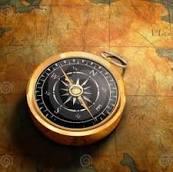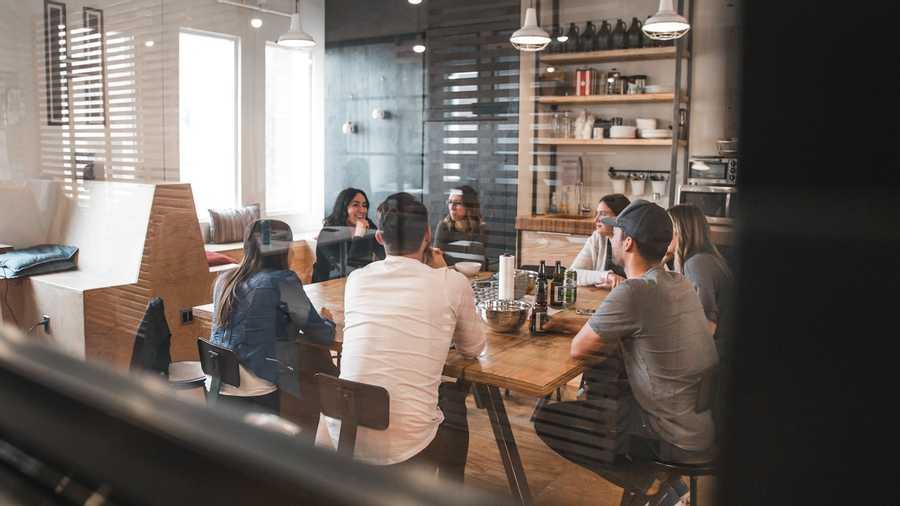We understand our environment based on how we interact with it
When we navigate a new area with a map, for example, we start looking at objects in relation to one another.
But if we are exploring a route without a map, we tend to think more about the space in terms of its relation to ourselves.
146
1.14K reads
CURATED FROM
IDEAS CURATED BY
The idea is part of this collection:
Learn more about personaldevelopment with this collection
How to apply new knowledge in everyday life
Why continuous learning is important
How to find and evaluate sources of knowledge
Related collections
Similar ideas to We understand our environment based on how we interact with it
Motivation is overrated — environment often matters more
Designing your environment for success
Stop thinking about your environment as filled with objects. Start thinking about it as filled with relationships. Think in terms of how you interact with the spaces around you.
The power of context also reveals an ...
How We Normally Solve Problems
We tend to solve problems by breaking them down, prioritizing the issues and tackling them one by one. Such piecemeal fixes only address the symptoms but not the underlying causes that perpetuate the problem. In fact, the solution for one problem often creates other problems. For example, to ...
Balancing discovery and efficiency
In order to balance discovery with efficiency, we should practice open exploration for creativity, and then focus on one thing at a time for productivity.
For example, if you're trying to learn a new skill, start by exploring different educational channels to see which one would work b...
Read & Learn
20x Faster
without
deepstash
with
deepstash
with
deepstash
Personalized microlearning
—
100+ Learning Journeys
—
Access to 200,000+ ideas
—
Access to the mobile app
—
Unlimited idea saving
—
—
Unlimited history
—
—
Unlimited listening to ideas
—
—
Downloading & offline access
—
—
Supercharge your mind with one idea per day
Enter your email and spend 1 minute every day to learn something new.
I agree to receive email updates

